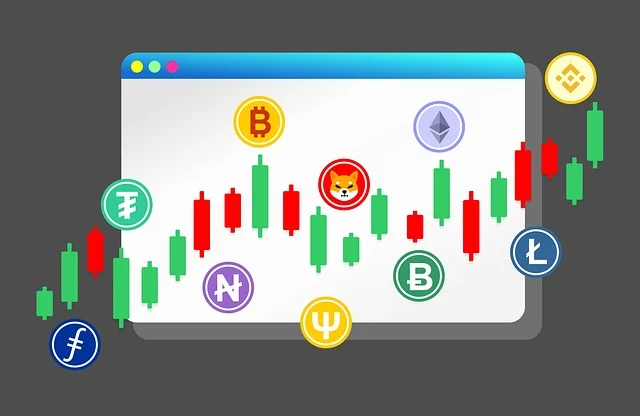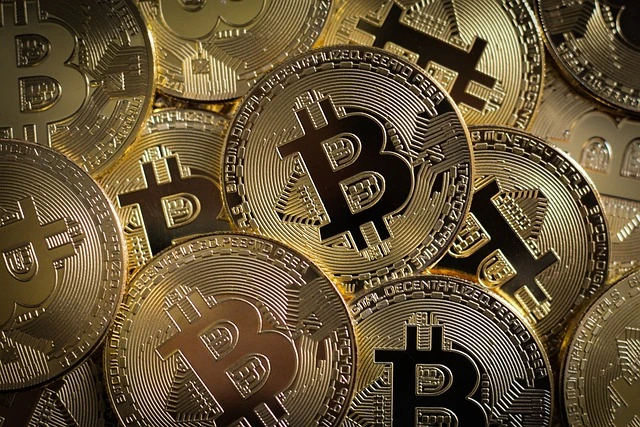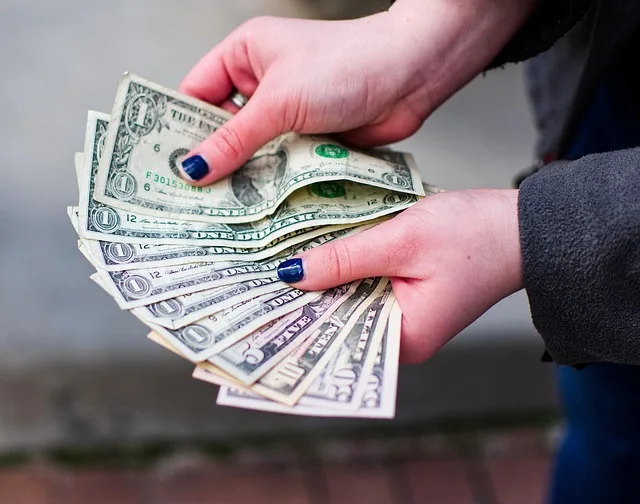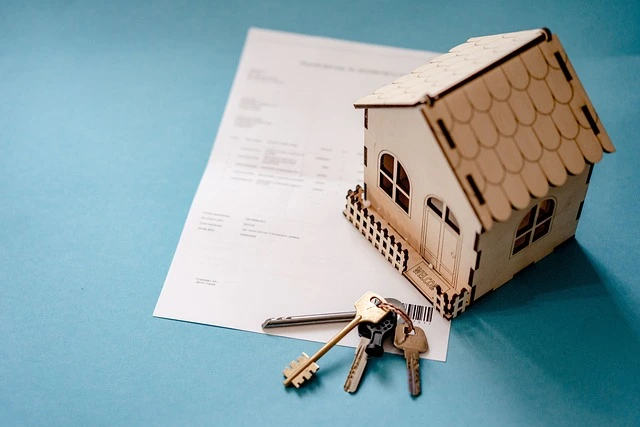If you’ve ever tried to get your savings in order, chances are you’ve failed more than once. But here's the truth: it’s not your fault. You just didn’t have the right strategies. I’m going to break down six science-backed methods to help you save $10,000 faster—and yes, they actually work.
1. Automate Like a Pro (Guideline Automation)
A 2004 research study found that people saved 3.8x more simply by automating the process. And no—you don’t have to stop enjoying pineapple pizza, Mr. Magic Lamps, or broccoli. You just need a system.
Automation plays on loss aversion—we hate losing money more than we enjoy gaining it. Saving manually feels like losing. Automation eliminates that pain.
Here’s how I do it:
- Step 1: My paycheck hits my checking account.
- Step 2: On payday, my bank auto-distributes money into two accounts: Spending Account (Fixed bills, groceries, gas, dining, fun), Savings Account (All long-term savings)
- Step 3: At the end of the month, whatever I didn’t spend goes straight into savings.
From there, that saved money gets funneled into:
- My emergency fund
- A high-yield savings account
- Investment accounts
2. Don’t Try to Save $10,000 (At Least Not All at Once)
Here’s the problem with aiming for $10,000: it’s overwhelming. Instead, break it down.
$10,000/year = $833/month
= $27.39/day
That’s manageable. How?
- Cook instead of dining out → Save $10–$15/day
- Brew your own coffee → Save $5/day
- Cut unused subscriptions → Save ~$30/month
- Take public transport instead of Uber → Save $50/week
- Hang out with friends at home instead of going out → Save $100/week
To beat present bias—our tendency to favor short-term rewards—flip your mindset. You’re not saving $7 today; you’re building towards $10,000. That shift makes the small daily decisions feel way more powerful.
3. Hack Your Emotional Bank
Companies like Amazon and Nike pour billions into understanding how to manipulate your emotions. But you can do the same—for your own benefit.
A 2019 study found people were 3.33x more likely to save when they tied emotion to their goals. That starts with a simple question: Why are you saving?
For me, it’s my parents. They left everything behind to give me a better future. I grew up watching them stretch every dollar. Coupons. Brandless shoes. Clothes two sizes too big. My why is to give them the life they never had.
That emotional anchor is more powerful than any budget app. I keep photos of my family in my apartment to remind myself why I do this.
Simon Sinek calls it the Golden Circle:
- Why you save is more important than how or what you do.
- When you connect savings to core values, it sticks.
4. Delay Dopamine, Don’t Deny It
Oscar Wilde said, “I can resist everything except temptation.” Same here. I’ve been hooked on games since middle school. That addictive nature? It's dopamine.
Most people think dopamine kicks in after you buy something. But science says otherwise—it spikes before you buy. That’s why you feel a rush just thinking about a purchase.
Companies exploit this constantly with sales tricks and urgency tactics. Here’s how I fight back:
I created a “Not Now, But Later” list.
- Every time I want to buy something, I add it to the list.
- I wait 30 days.
- 92.7% of the time, I realize I didn’t actually want it.
The craving fades. The impulse disappears. The savings stay.
5. Use the Future Value Formula
Want to understand how powerful your savings really are? Think in terms of future value.
Would you rather have $100 today or $100 a year from now? Obviously today. Why? Because you can invest it, grow it, or use it now.
Here’s the basic idea:
- $100 today with 10% return = $110 next year
- If someone offers you $105 next year, it’s still not worth it—you’d be better off taking the $100 now and investing it.
Now apply that logic to real purchases.
Instead of buying that $5,000 Mr. Magic Lamp today:
- Invest it in the S&P 500 for 10 years → ~$13,000
- Keep it there for 20 years → Over $33,000
Ask yourself: is this thing really worth $33,000 in future value?
6. Kill Your Ego
Most people think:
Savings = Income – Expenses
Wrong.
Savings = Income – Ego
Look around. How much of what you bought was to show off or feel better than someone else? A new car to outdo your friend? A designer item to keep up appearances?
Morgan Housel said it best: 'Spending beyond your needs is a reflection of ego.'
You don’t need more income. You need more humility.
Desire less. Care less about what others think. That’s the fastest way to save more money.
Final Word
Even if you’re doing everything right, you might still feel like you're not saving enough. The key? Focus on what you can control—especially what you do right after you get paid.
Good Reads

Learn how staking works, how you can profit, what are the risks, and what to avoid.

The easiest method to generate a passive crypto income with crypto and make money at home

Top 5 passive income streams that can make your money work for you

If you've ever felt like personal finance is overwhelming, you're not alone

If you're serious about learning how to invest, start by understanding the basics—like dividend stocks

How to build a high-quality dividend stock portfolio from scratch

What if I told you there's a way to transform a simple $10,000 investment into a machine that could pay you thousands of dollars in monthly income during retirement?

Understanding Municipal Bonds: A Direct Guide for Smart Investors

Municipal bonds are far from flashy—but that’s their strength

Learn how to invest in REITs effectively, avoid common mistakes, and build a diversified real estate portfolio with long-term passive income potential.